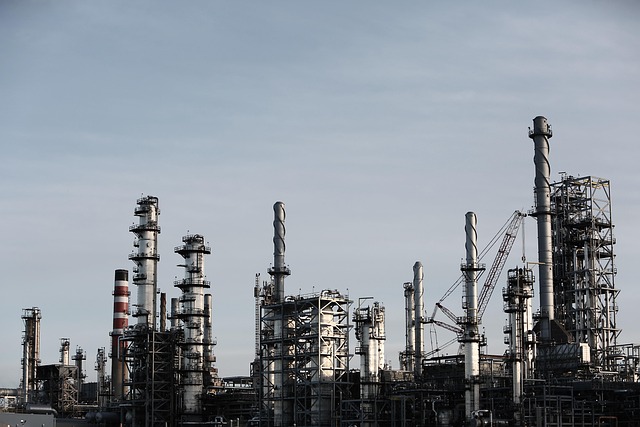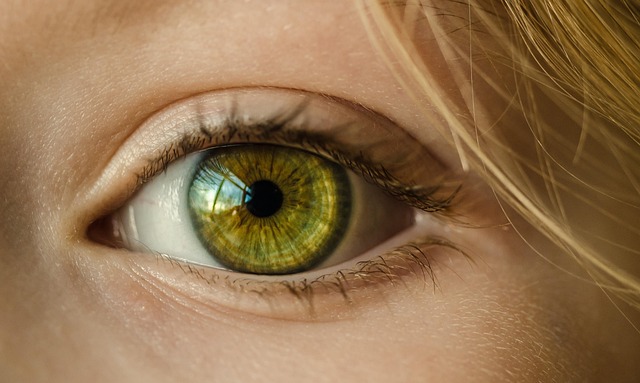The Art of Chemical Engineering: Designing a Vibrant Palette
When we think of the dazzling colors that light up a canvas, we often forget the intricate scientific processes that bring those colors to life. In the world of painting, the vibrant palette we admire is not only a result of artistic vision but also a testimony to the principles of chemical engineering. This fascinating intersection between art and science inspires us to delve deep into the art of chemical engineering and explore how it influences the creation of pigments and paints.
The Science Behind the Colors
Each brushstroke on a canvas is an expression of emotion, yet it is the chemical compositions that allow those colors to shine. Chemical engineers meticulously develop formulations that determine the hue, saturation, and longevity of paints. From acrylics to watercolors, the ability to create and manipulate colors relies heavily on an understanding of chemistry.
For example, the vibrant reds and blues are often derived from organic compounds, which are engineered to resist fading and enhance opacity. This is a craft that goes beyond artistic skills; it depends on a keen sense of design and a profound understanding of chemical interactions. The result is a palette that allows artists to express themselves fully, engaging viewers with each stroke.
Creative Design Principles in Chemical Engineering
Much like in art, where balance and composition are key, chemical engineering follows its design principles. Engineers envision formulas much like artists envision their works; they experiment with various components to achieve the perfect mixture. The creativity involved in developing new coatings or eco-friendly paints is akin to the process of mixing colors on a palette.
The design process in chemical engineering involves careful consideration of the end-user experience. Just as an artist contemplates how their work will be perceived, chemical engineers focus on how their products will perform in real-world applications. Will the paint withstand the elements? Will it evoke the desired emotional response? These are the questions that guide the design of vibrant, high-performance paints.
A Fusion of Art and Science
As we explore the realm of painting through the lens of chemical engineering, we witness a beautiful collaboration between creativity and science. Artists are inspired by the endless possibilities of colors, while chemists work tirelessly to expand those possibilities through innovation. This partnership allows for the evolution of paints that not only serve their functional purpose but also create masterpieces that resonate with human experiences.
Incorporating sustainable practices into paint production illustrates the forward-thinking approach that reflects modern art movements. Chemical engineers are exploring biodegradable materials and minimizing harmful chemicals to create safe and environmentally friendly products. This balance of aesthetic value and ecological responsibility embodies the true essence of both art and chemical engineering.
The next time you gaze at a vibrant painting, take a moment to appreciate the intricate dance between art and chemical engineering. It is this beautiful synergy that transforms simple pigments into captivating visions, fueling our desire to create and connect with the world through color.



